Retrofit hot water recirculators
dan_and_carolyn
18 years ago
Related Stories

GREAT HOME PROJECTSHow to Switch to a Tankless Water Heater
New project for a new year: Swap your conventional heater for an energy-saving model — and don’t be fooled by misinformation
Full Story
GREEN DECORATINGEasy Green: Big and Small Ways to Be More Water-Wise at Home
These 20 tips can help us all make the best use of a precious resource. How do you save water in summer?
Full Story
SAVING WATER11 Ways to Save Water at Home
Whether you live in a drought-stricken area or just want to help preserve a precious resource, here are things you can do to use less water
Full Story
GREEN BUILDINGWater Sense for Big Savings
Keep dollars in your pocket and preserve a precious resource with these easy DIY strategies
Full Story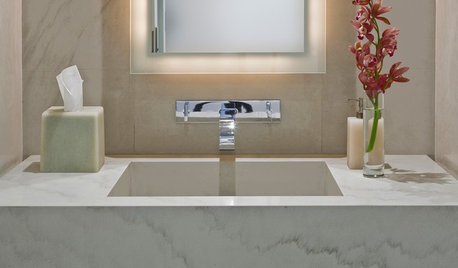
BATHROOM DESIGNGreen and Clean: Sleek Water-Wise Bathroom Fixtures
By choosing ecofriendly faucets, showerheads and even toilets, you can save loads of water and money without sacrificing style
Full Story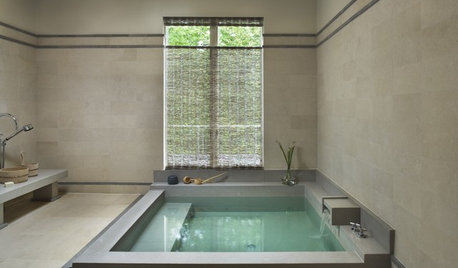
BATHTUBS10 Japanese Soaking Tubs for Bathing Bliss
Get all of the serenity with none of the chemicals in an original all-natural hot tub
Full Story
EARTH DAYGrow a Beautiful Garden With Ecofriendly Greywater
Reducing home water waste means lower bills and a healthier planet. Here's how to set up a greywater home irrigation system that can help
Full Story
GREEN BUILDINGHow to Harvest Rainwater for Your Garden
Conserve a vital resource and save money by collecting stormwater for irrigation in a barrel or tank
Full Story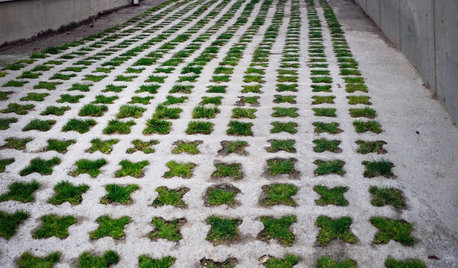
EARTH DAYHow to Build a Greener Driveway
Install a permeable driveway to keep pollutants out of water sources and groundwater levels balanced
Full Story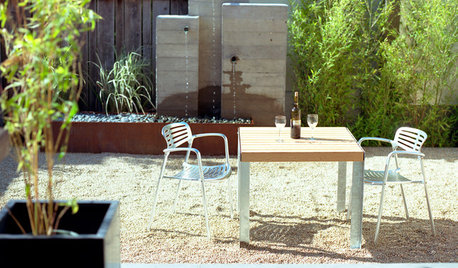
GARDENING AND LANDSCAPINGOutdoor Fountains Bring the River to You
Chill out with a custom or kit water feature for your patio or yard — there's even one for a furry friend
Full Story








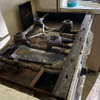
User
dan_and_carolynOriginal Author
Related Professionals
Milford Plumbers · Hopewell Kitchen & Bathroom Remodelers · Forest Hill Kitchen & Bathroom Remodelers · Beverly Hills Kitchen & Bathroom Remodelers · Channahon Kitchen & Bathroom Remodelers · Charlottesville Kitchen & Bathroom Remodelers · Franconia Kitchen & Bathroom Remodelers · Kendale Lakes Kitchen & Bathroom Remodelers · Pico Rivera Kitchen & Bathroom Remodelers · Saint Helens Kitchen & Bathroom Remodelers · Superior Kitchen & Bathroom Remodelers · Upper Saint Clair Kitchen & Bathroom Remodelers · Vashon Kitchen & Bathroom Remodelers · York Kitchen & Bathroom Remodelers · North Chicago Kitchen & Bathroom RemodelersUser
dan_and_carolynOriginal Author
User
User
dan_and_carolynOriginal Author
User
dan_and_carolynOriginal Author
User
pinocchio
fjkeller_yahoo_com
User